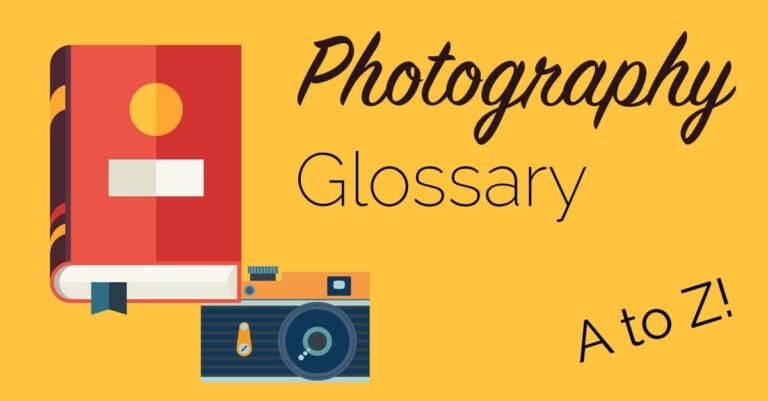Narrow Lighting
What Is Narrow Lighting and How Is It Used When Taking Photographs? Narrow lighting is a lighting technique commonly used in portrait photography, and is used to control how wide a subject appears to the viewer. For the technique to work the main light source of a scene must be illuminating the side of the subjects face which is facing away from the camera, doing so places the side of the nose facing the camera in shadow which creates the illusion of the subject being narrower in appearance. Narrow lighting can be achieved by careful placement of supplementary light sources or …


